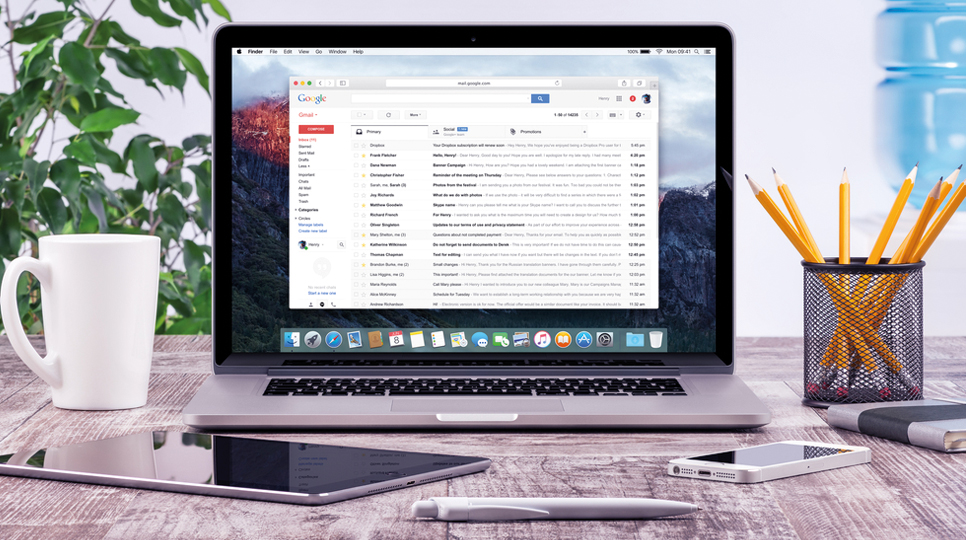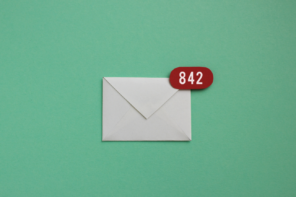
Wednesday December 9, 2015
5 E-tiquette tips for writing emails
Emails…the standard form of written communication for any office environment. Not only is it the go-to alternative for the phone shy amongst us, it is usually your first introduction to clients and press. With email being so ingrained in every company’s every day exchanges, it is surprising how pear shaped it can go if you don’t practice a certain E-tiquette.
- Get personal
Personalising your emails goes a long way in engaging the recipient. Often times it can be daunting to “e-meet” a person you have never seen in real life. Simply greeting the person with their first name and not a generic placeholder title is an effective communications tailoring technique. Other forms of personalisation include writing in a way which promotes conversation. A successful email is one that becomes a dialogue.
- Leave no room for misinterpretation
The downside of emails is that the recipient reads them without any indication of your temperament at the time of sending. Using the passive aggressive “see below” and “FYI: For your information” messages can be easily misinterpreted, especially when no other information is provided to indicate what action must be taken regarding the correspondence.
- Don’t forget to make an introduction
Similar to face to face interactions, it can be awkward to be the person on the side lines not being introduced to other participants in an email. If you intend on CC’ing colleagues in your email correspondence, with the purpose of getting them to communicate with another individual, make sure to introduce them and state the relevance of their involvement in the conversation.
- Don’t get emotional
Succumbing to human emotions is an easy trap to fall into when someone has not responded to your email. Waiting a day to respond or follow up, eliminates the possibility of harming any possible business relationships you may try to be developing. Pay attention to your tone and address difficult matters delicately.
- The subject line is your friend
Use the subject field to highlight the specific purpose of the email or any actions that need to be undertaken in response to it. This will avoid skimmer readers who forget to address any issues or questions that you have raised in the body of the email. The email also becomes easier to find when the subject is relevant to the email’s content.
Curzon PR is a London-based PR firm working with clients globally. If you have any questions, please feel free to contact our Business Development Team bd@curzonpr.com







Follow us